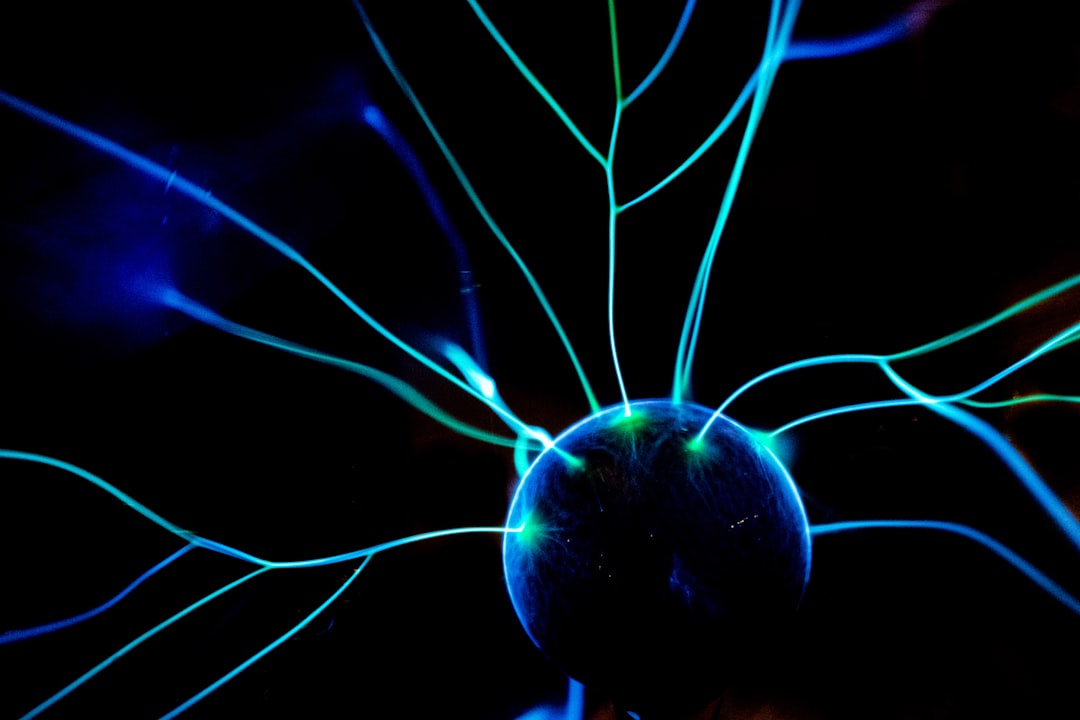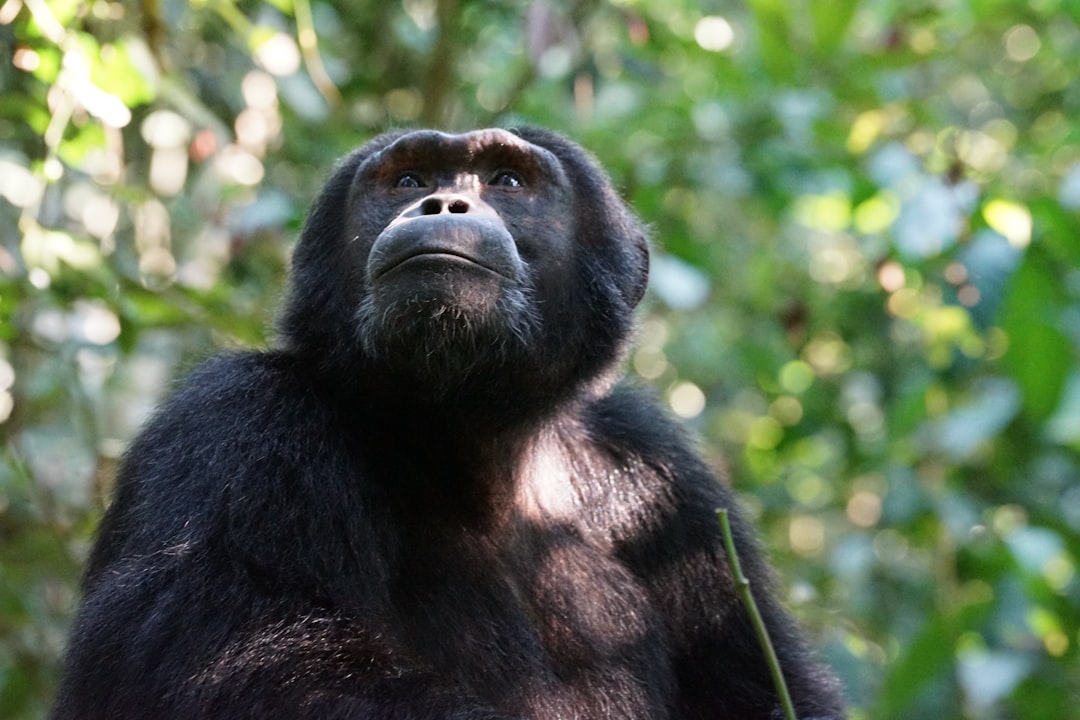What is it about?
Here we test whether alligators hyperextend their fingers when they walk. We then use our results to reinterpret adaptations traditionally assumed to magnify and accommodate finger hyperextension in dinosaurs and other fossil archosaurs, by comparing alligator adaptations with those of a basal archosaur with contested forelimb posture, the rauisuchid Postosuchus.
Featured Image
Why is it important?
To the best of our knowledge, this is the first study to investigate the effects of soft tissues on finger joint range of motion in an archosaur (American alligator) and then use the results to interpret finger joint range of motion in extinct archosaurs. Our results continue to provide broad support for the conclusions of the range of motion studies of the shoulder, elbow and wrist joints in these alligators; soft tissues extrinsic to joints may guide and restrict range of motion, while the articular cartilage may guide and increase range of motion. However, we note that additional studies with larger sample sizes and from a broader array of joints could help test this conclusion, as well as to establish which joints do not fit this general pattern. Additionally, our results provide support for Hutson's (2015) modification of Weems' (2006) hypothesis, namely that some dinosaurs abandoned use of their finger joints. We extend this hypothesis to the rauisuchid Postosuchus and other extinct quadrupedal archosaurs that possess similar hyperextension characters. If our conclusions are supported by further studies, this interpretation indicates that quadrupedal archosaurs trended towards metacarpogrady (walking on the tips of their vertically-held palms with hyperextended fingers) and that this stilt-like hand posture simultaneously helped alleviate the limb disparity (shorter fore- than hindlimbs) representative of many groups of archosaurs.
Perspectives
The preparation and write-up for this finger-joint range of motion experiment revealed a surprising lack of basic information on how changes in articular surface morphology equate to changes in function. We were forced to gather literature from finger/toe studies of mammals, including humans. What we found was that finger/toe joint surface characteristics in mammals seem readily applicable to those of archosaurs such as alligators and dinosaurs, yet debates on archosaurian finger/toe function and range of motion (e.g., hyperextension) do not seem to have tested mammalian studies, nor extended them to extinct archosaurs. We hope that future studies test whether there are major functional differences in soft tissues and corresponding articular surfaces by contrasting mammals with archosaurs such as alligators and birds. Clearly, there are many basic questions that remain to be answered about the functional morphology of finger/toe joints in archosaurs.
Joel David Hutson
DePaul University
Read the Original
This page is a summary of: Inferring the prevalence and function of finger hyperextension in Archosauria from finger-joint range of motion in the American alligator, Journal of Zoology, March 2015, Wiley,
DOI: 10.1111/jzo.12232.
You can read the full text:
Resources
Prehistoric Swagger
Press release of interview conducted about the findings of this paper by the popular magazine "Scientific American."
Supplementary Figure
Comparison of bare bone versus cartilaginous articular surfaces at the joint between the palm and first row of wrist bones in the American alligator.
URL
Available online
Contributors
The following have contributed to this page










